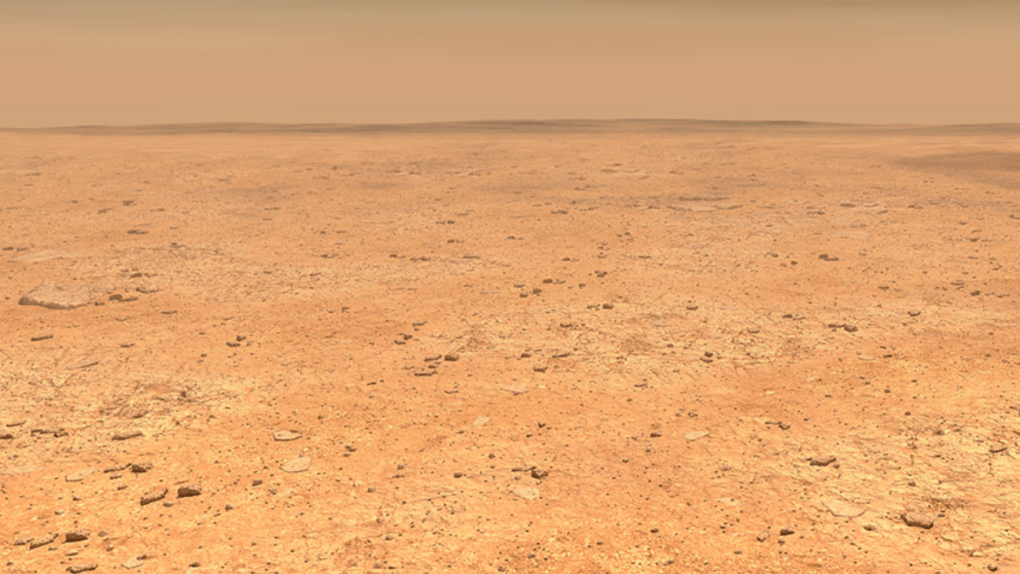Next year is going to be a pretty big deal for scientists studying Mars, with both NASA’s Mars 2020 mission and the ExoMars rover mission kicking off in the summer. NASA, the European Space Agency, and Russia’s Roscosmos are all doing their best to plan for the landing of their respective rovers, and they recently gathered in a place that looks a lot like Mars to test a few new ideas.
The international group of researchers met in Australia and set their sights on the dry and dusty conditions of the Australian Outback, which is a decent analog for the Red Planet.
The challenges of controlling a mobile robot on another planet are many, but the scientists are doing their best to plan ahead, especially when it comes to search for evidence of life on Mars.
“The Pilbara Outback is home to the oldest confirmed fossilized lifeforms on Earth, called stromatolites,” Ken Farley of NASA’s Jet Propulsion Laboratory said in a statement. “If we can better understand how these fossils came to be here – and the nearby geological signposts that help point the way to them – we’ll be that much more prepared when hunting for signs of life on Mars.”
Practicing the ability to spot areas where clues about ancient life on Mars may be hiding could come in handy for both teams during their respective missions, but there’s no guarantee that either mission will lead to the discovery of extraterrestrial life.
Both the Mars 2020 mission and the ExoMars rover mission are expected to launch in July of 2020, with NASA’s spacecraft arriving at the Red Planet in February 2021 and the ExoMars rover touching down sometime in March 2021.








